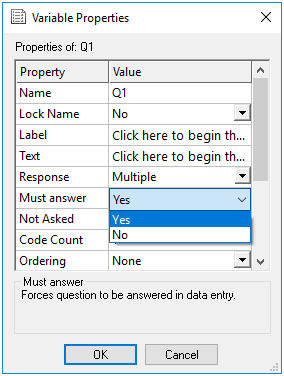
The Chart Designer can’t work out how many respondents there are from the number of responses, so it can’t calculate the percentages automatically. If you are charting a multi-response question, there will be more responses than respondents. If you are charting a single-response question, the total number of responses is probably the same as the number of respondents. The base percents shown in the table are calculated as the percentage of all the respondents that gave that response. When you display a percentage, you need to know what it is a percentage of. The term is in the Analysis field and the Transpose box is checked. Nothing is absolutely perfect or completely finished, so if you have a suggestion or a correction for the glossary, please send a message to: < glossary. Version 1.0.3 The Newton Glossary has been compiled by Grant Hutchinson, Paul Guyot, and Victor Rehorst. If you want your chart to give the exact values for each bar, you can display them on the chart.īar chart of counts using the Bar 2D Transposed Labelled style. The Newton Glossary The almost definitive guide to Newton-related terms and definitions. If you are only using a single term, you can choose whether to have your bars identified by a colour key or labelled. You can enter analysis terms in both the Analysis and the Break fields (as for a cross-tabulation) and see the results displayed as a bar chart. (This also happens if you enter the term in the Analysis field and check Transpose.) If you enter a term in the Break field, the Snap bar chart styles identify the separate item by labelling the X-axis below the bars. If you enter a term in the Analysis field, the Snap bar chart styles identify the separate items by colour, and use a key to tell you which bar is associated with which question or question code. The examples below use the Bar 2D style to display an item in the Analysis field. If you want to display both the counts and the percentage value, you need to pass in the counts and use the Chart Designer to calculate the percentages from the counts. You can represent counts and percentage values together in a table.įor a bar chart, the height of the bar must be either the counts or the percentage. Note: To show either counts or percents on a bar chart, use the preconfigured chart styles supplied with Snap: Bar Counts Labelled or Bar percent labelled.īar charts are different from tables because you can only display one value for each bar (the height of the bar on the scale).
Enroute 4 how to display snap toolbar how to#
This worksheet explains how to create a bar chart that shows both the counts and the percentage values on a single chart:

the count (number of respondents who chose that response).


Bar charts normally display one value per bar.


 0 kommentar(er)
0 kommentar(er)
